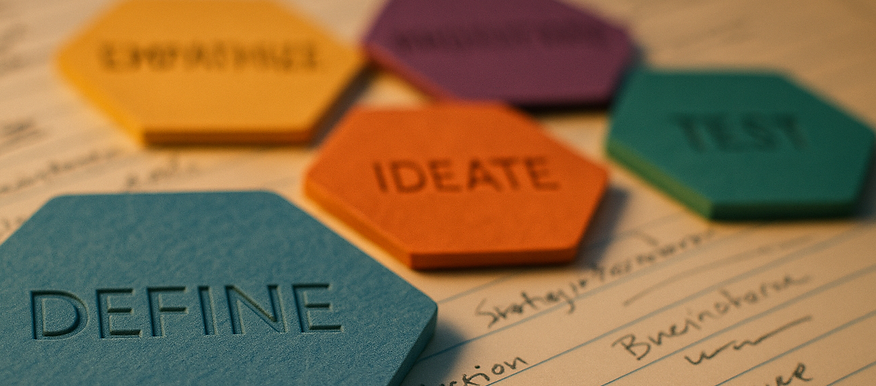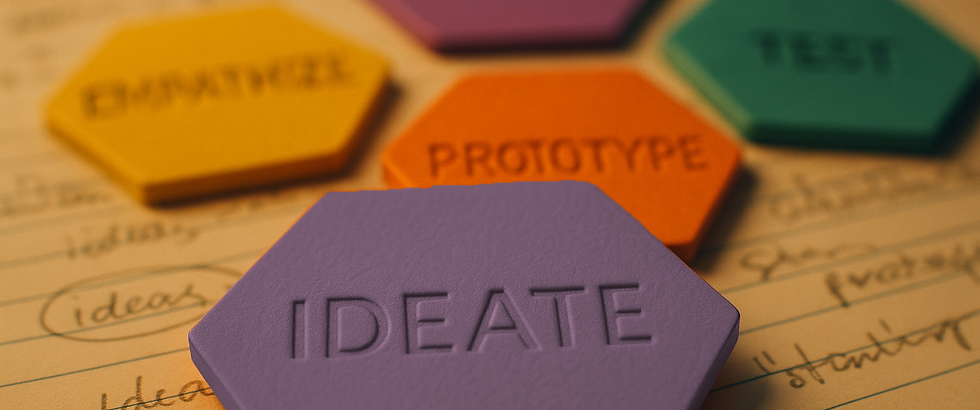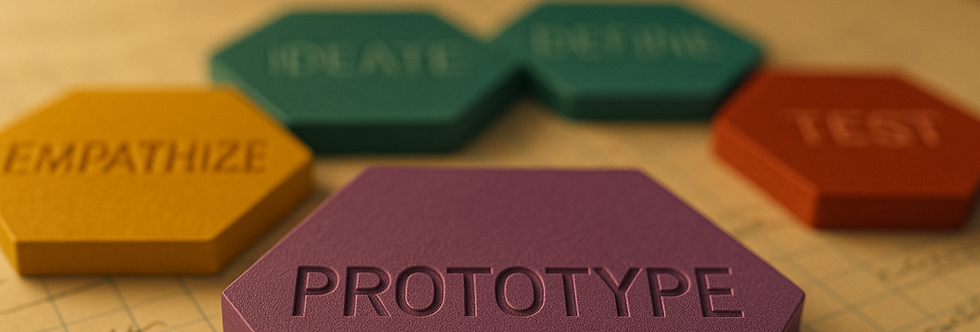
Rethinking EDucation
I believe the most meaningful learning happens where creativity meets real-world relevance. With that in mind, I’ve worked to design spaces, curriculum, and projects, where students can create, explore, and share. The programs and projects highlighted here reflect a shared commitment to hands-on, constructivist, project-based learning, rooted in the belief that schools should do more than prepare students for college: they should empower them to be active participants in their world.
As artificial intelligence becomes increasingly woven into education and daily life, approaches like these will be essential; fostering the critical thinking, adaptability, and creativity students need to thrive. Now more than ever, education must help students not only keep pace with change, but lead it.

The INNOVATION INSTITUTE
Winner of HundrEd's 100 most innovative educational programs in 2019, the Innovation Institute at Shanghai American School challenges students to grapple with some of the world’s most pressing issues through interdisciplinary, project-based learning. Within this framework, my wife, Kim Sajan, and I developed an art curriculum that emphasized not only foundational creative skills, but also the tools and mindsets needed to navigate 21st-century media. Over the course of two years, students explore digital and 3D design, photography, and video production while also diving into coding and interactive art through our maker space. Through these experiences, they learn to communicate with intention, analyze the media around them, and create work that engages meaningfully with the world.

CHANGEMAKERS

The Nido Grade 10 Changemakers course aims to support students in understanding how our actions have an impact on the communities around us. Students are often eager to take action to make a difference but often rush into projects without taking the necessary time to connect with and understand the communities they wish to help. Engaging in community change is a complicated and messy process that doesn’t neatly align with our traditional systems of assessment, bell schedules, or semester breaks. In working outside these traditional structures, this course challenges students to learn and research with empathy, act and communicate with intention, and make meaningful changes.

STEAM in the Maker SPace
Constructionist Pedagogy with Art at the Core
One thing that makes the SAS Maker Space different is that it was developed from the very beginning to exist at the intersection of art and technology, right down to its physical proximity between those two departments at the school. Larry Ehnert, a science teacher and engineer and I worked in collaboration with the school to develop a space where art students learned to code and science students learned to design. In this way, our maker space embodied the STEM to STEAM movement; the understanding that the future of STEM education requires the creative thinking and design process that the arts provide.

